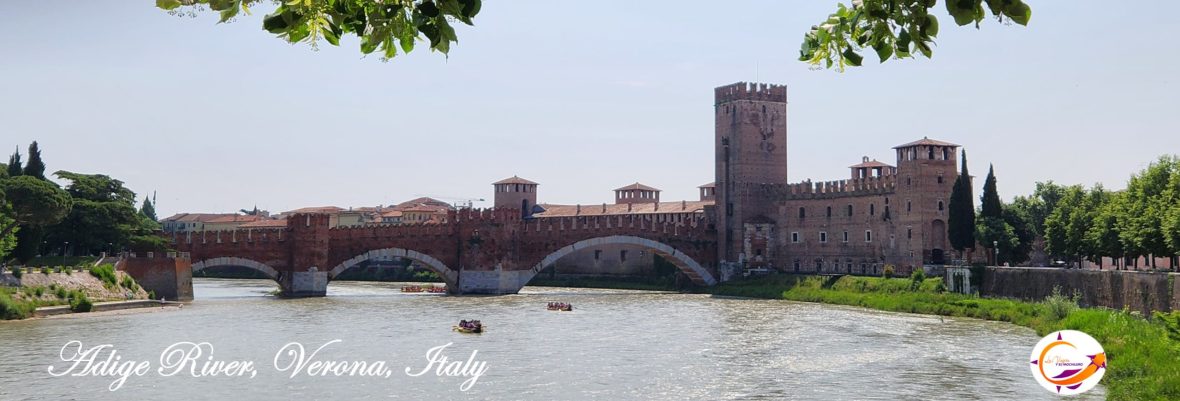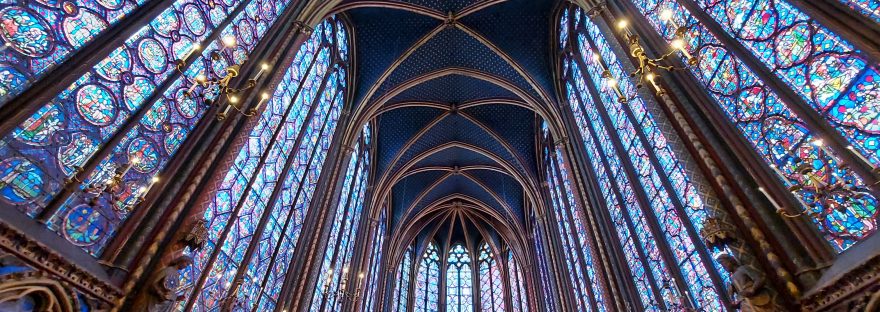For a long time we had admired photographs of the stained glass windows of “Sainte-Chapelle” or the Holy Chapel of Paris. Not one photo can live up to the wonder encountered upon arriving there. It is a privilege to witness live and in full color so much beauty concentrated in a relatively small space. And, although it is not comparable to the Notre-Dame Cathedral, the Sainte-Chapelle is a jewel of Gothic art, being considered one of the masterpieces of Gothic architecture.
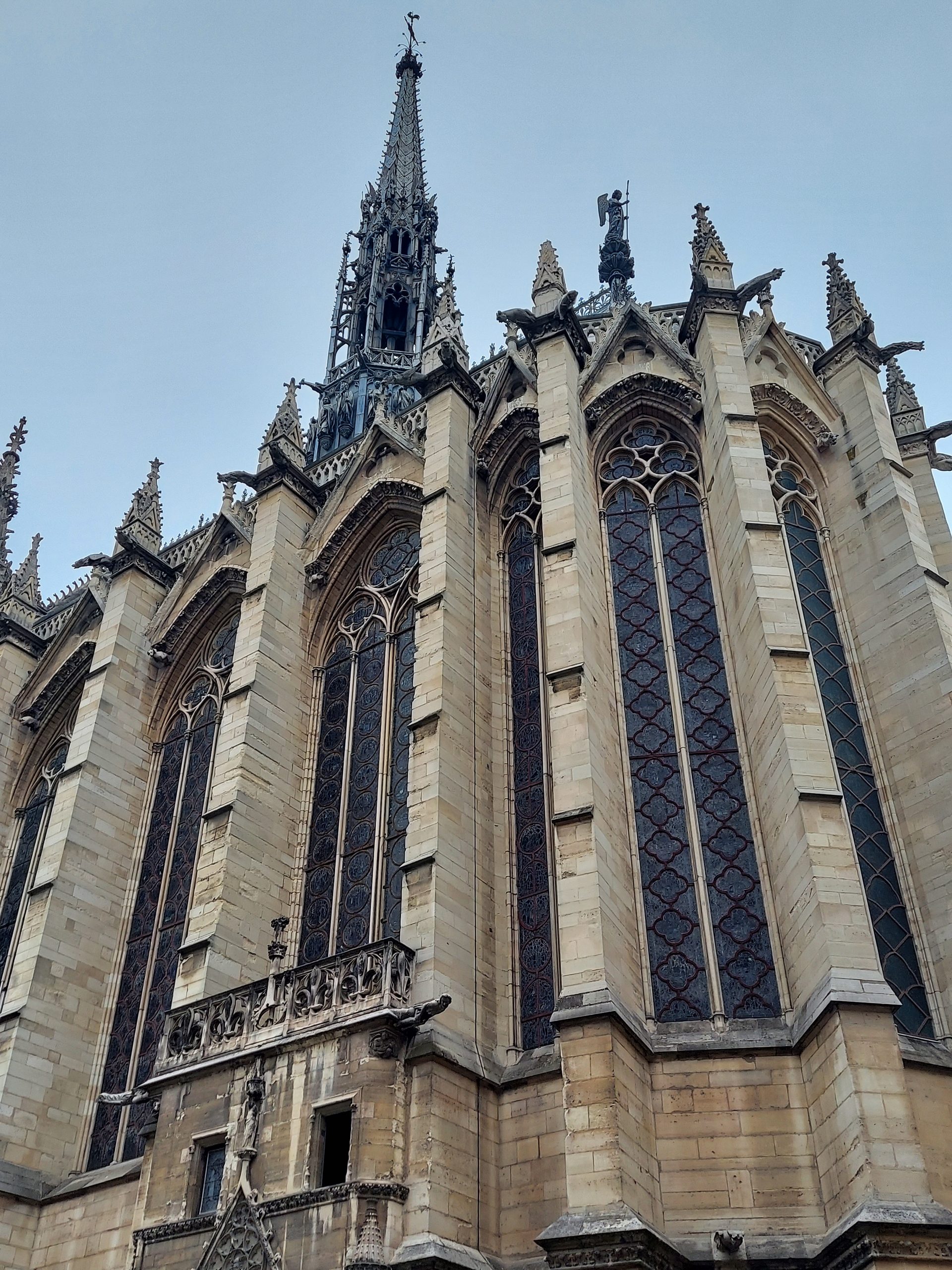
The “Sainte-Chapelle” was erected between 1242 and 1248, taking only seven years to build. It is considered one of the crowning works of the “radiant period” of Gothic architecture, which is located circa 1240 and 1350, and largely coincides with the reign of Louis IX (1226-1270). The church, next to the Conciergerie, converted into a revolutionary court and Marie Antoinette’s prison, is among the little that remains of the Palais de la Cité.
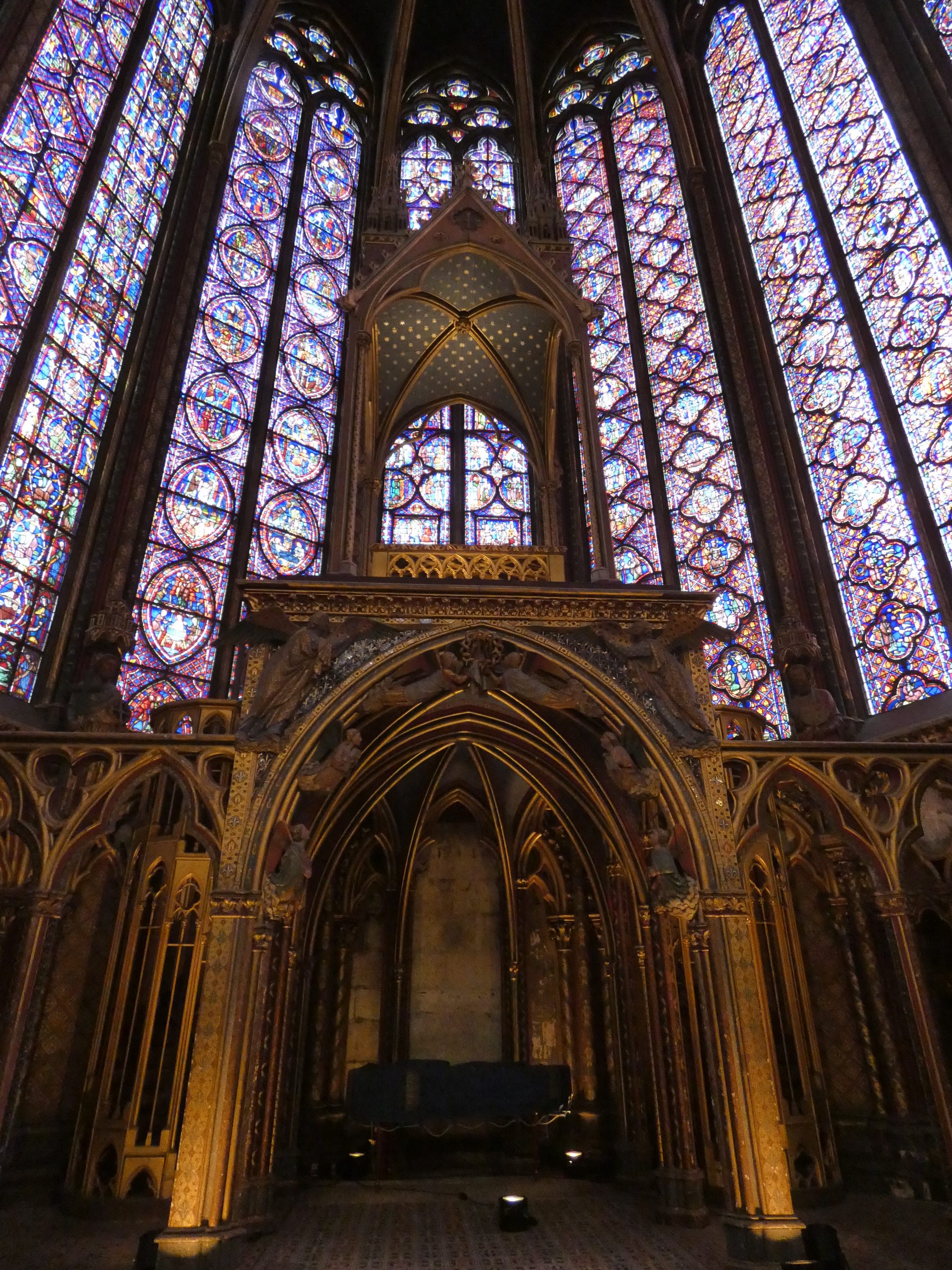
Originally, the “Sainte-Chapelle” was built to serve as a reliquary, housing one of the most precious relics of Christianity, the Crown of Thorns of Jesus Christ, acquired by St. Louis, and a piece of the Holy Cross. Today, it does not keep any of the relics it housed after its construction and those that survived the Revolution were deposited in the Treasury of the Cathedral of Notre-Dame.
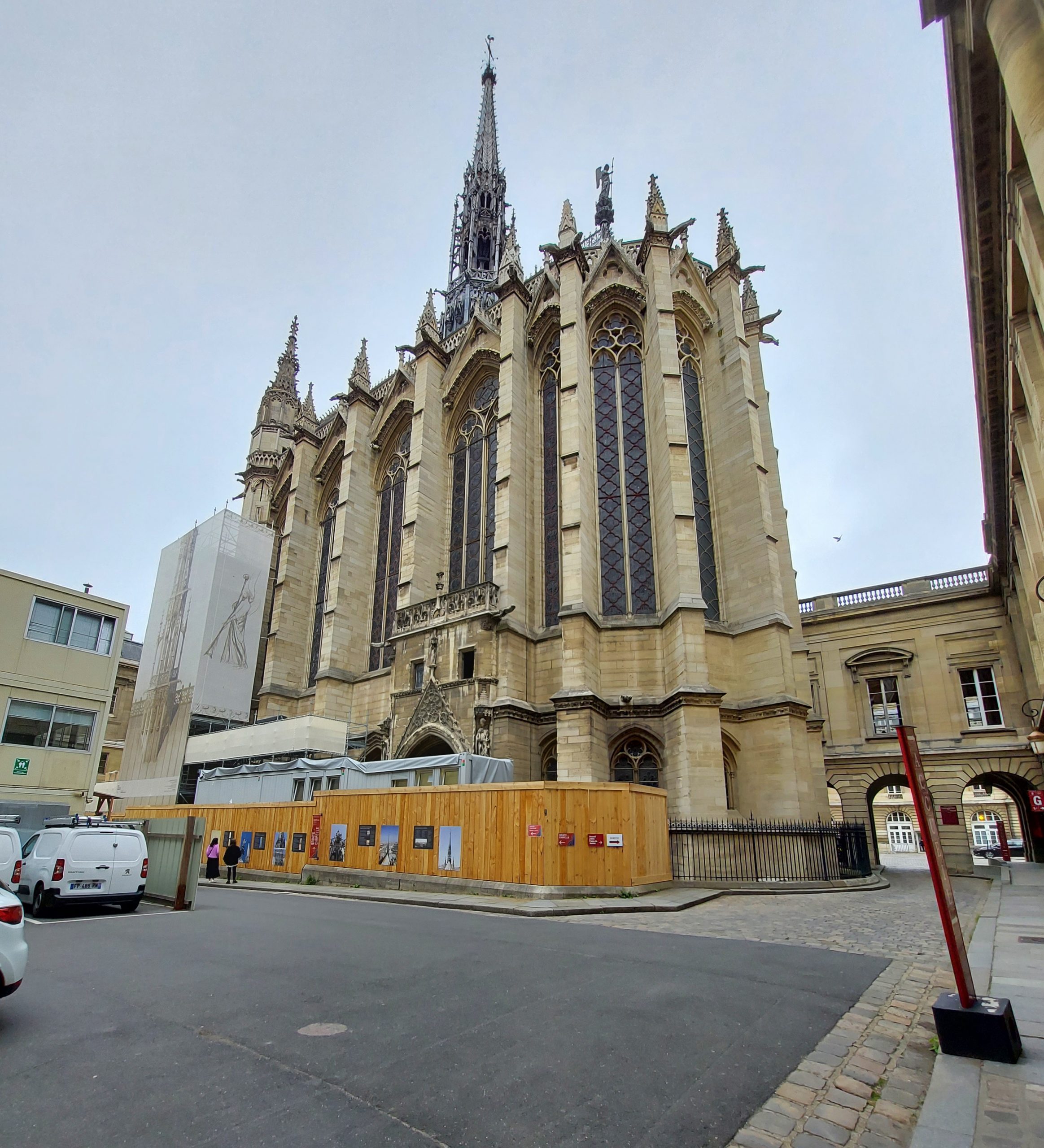
The structure of the “Sainte-Chapelle” is comprised of two floors: the upper chapel and the lower chapel. The upper chapel was solely for the use of King Saint Louis of France and his relatives, and it was precisely the place where the relics were placed.
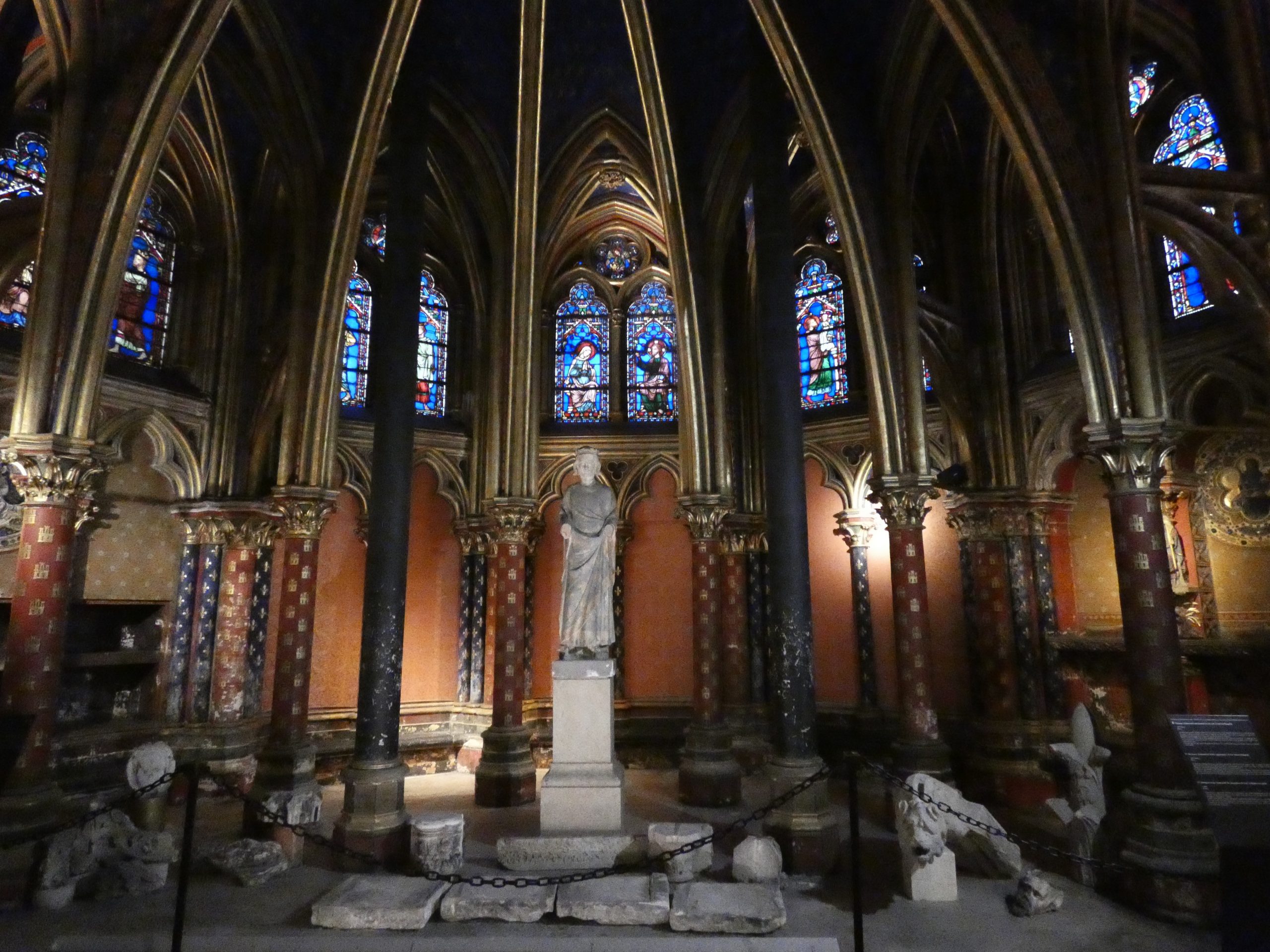
The lower chapel, which is now the general entrance to the sanctuary, is much more discreet and less luminous. It was designated as the place of worship for the staff of the Palais de la Cité. Still, it has some very beautiful details that cannot escape the eye. The lower chapel is presided over by the statue of the Virgin, patron saint of the sanctuary. The polychrome decoration of the interior, where red and blue predominate, tries to reproduce the original medieval decoration. In the apse on the left is still preserved a fresco of the Annunciation made in the 13th century, which is the oldest mural in the city.
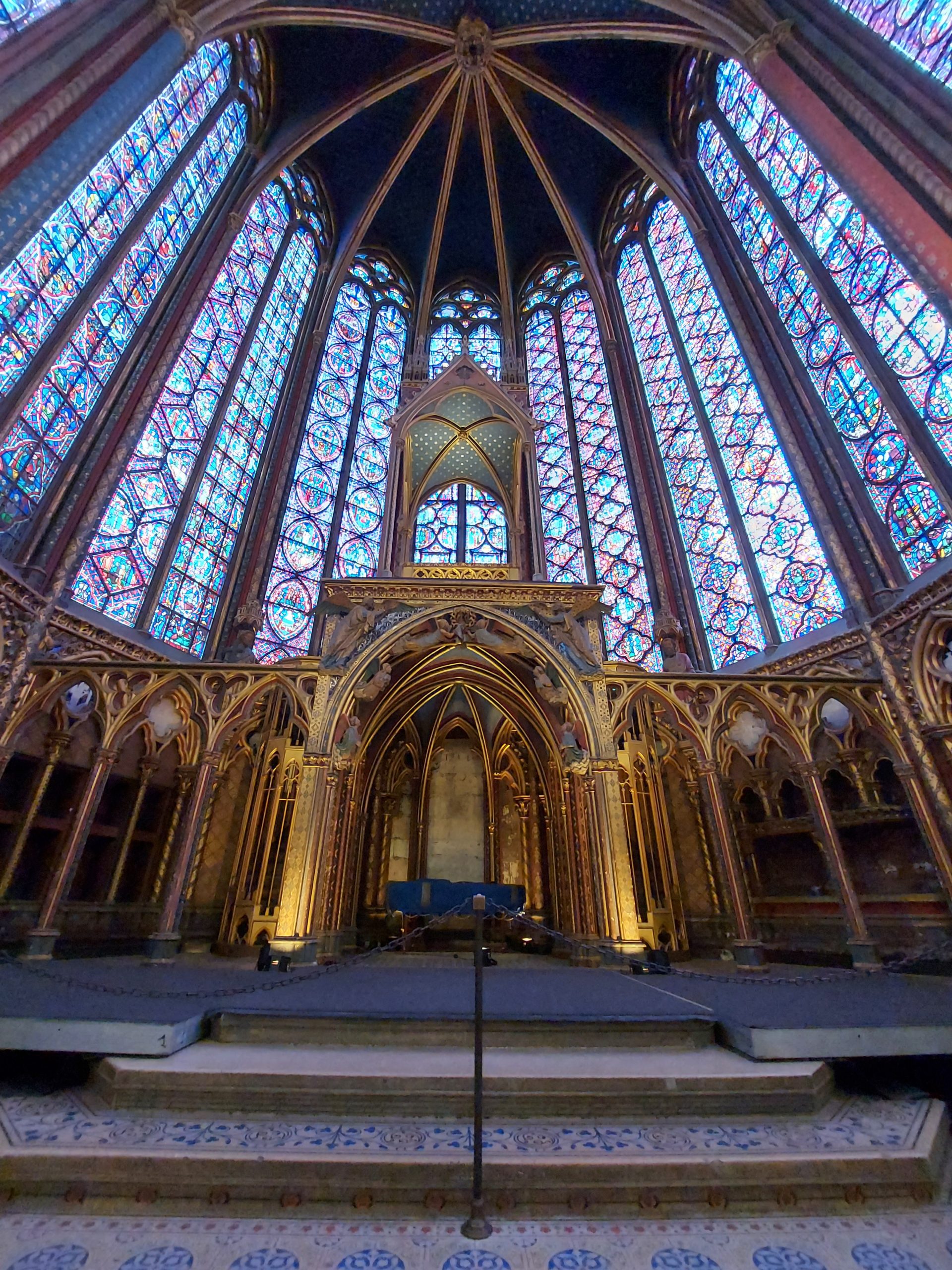
Back to the upper chapel of the “Sainte-Chapelle”, it was built as a monumental reliquary, so it is sumptuously decorated with sculptures and huge stained glass windows that flood the room with light and color. That is why some art historians popularly call it “the little glass box” of the French capital.
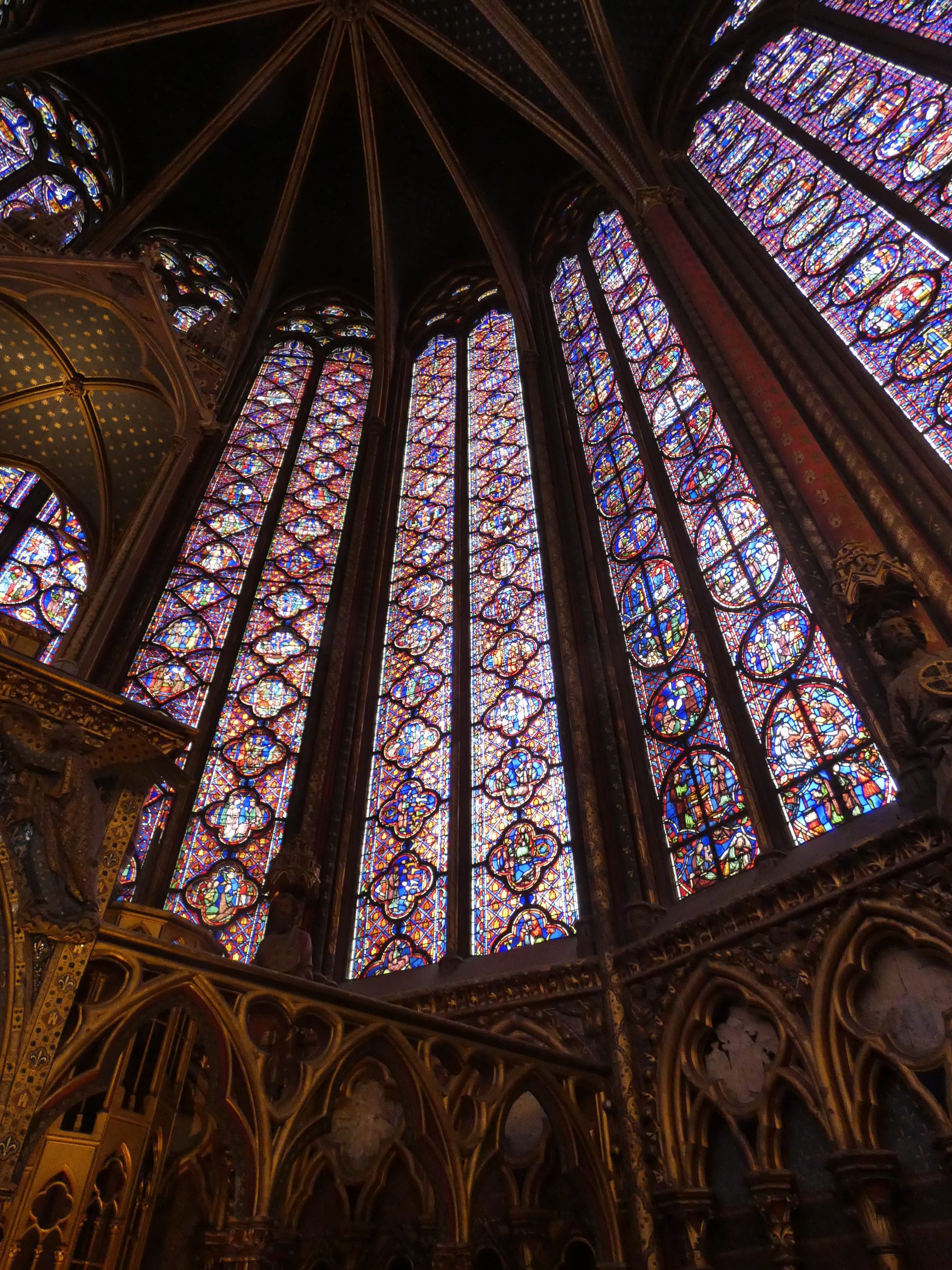
Thanks to the innovations of the Gothic construction system, there are practically no wall supports, i.e. walls, and instead there are a multitude of openings or windows, which filter the light through the polychrome stained glass windows.
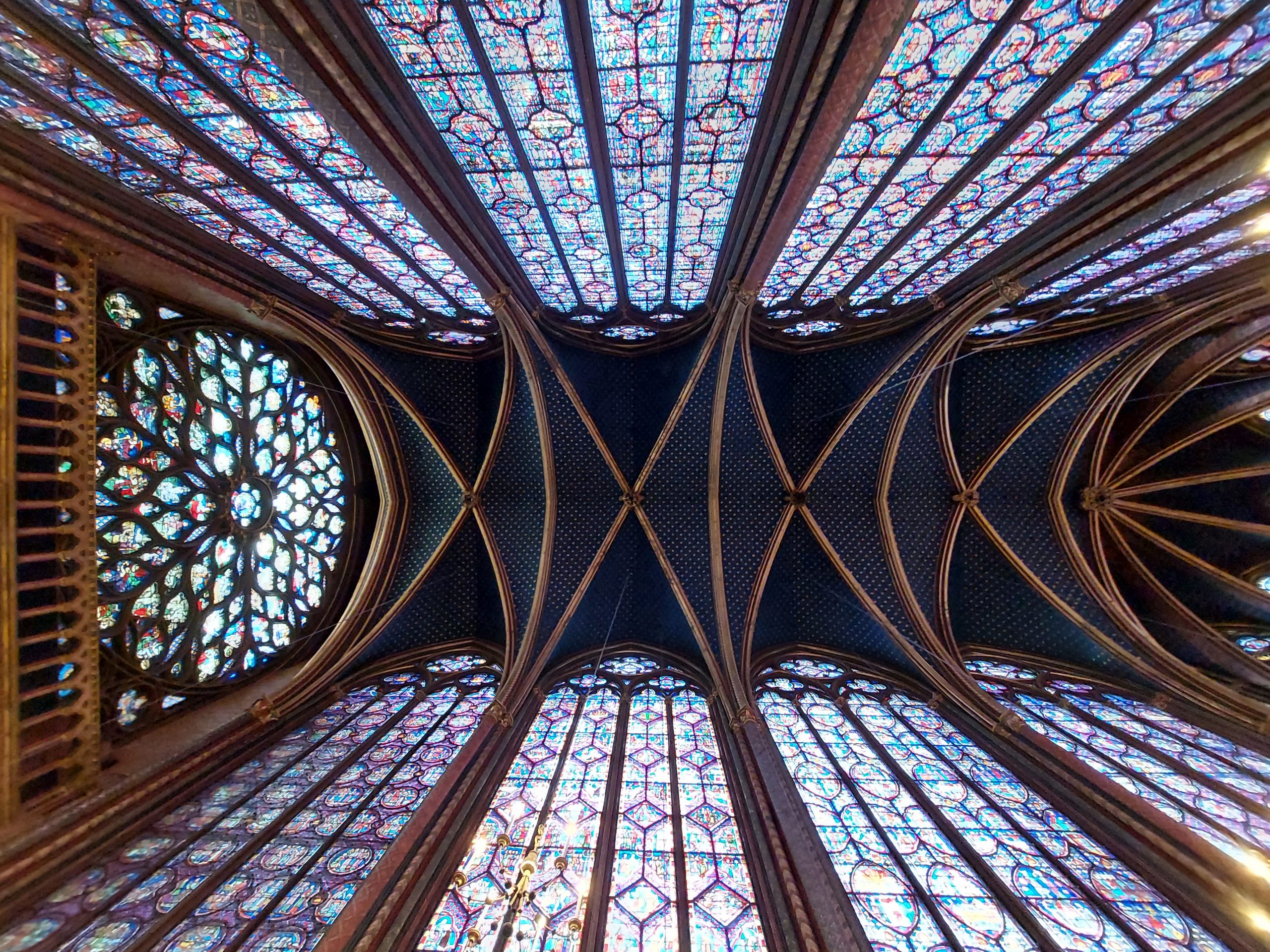
The fifteen stained glass windows are composed of 1,113 scenes that narrate the history of humanity, from Genesis to the Resurrection of Christ. They are scenes from the Old and New Testament captured in 15 stained glass windows of 15 meters high, a marvel!
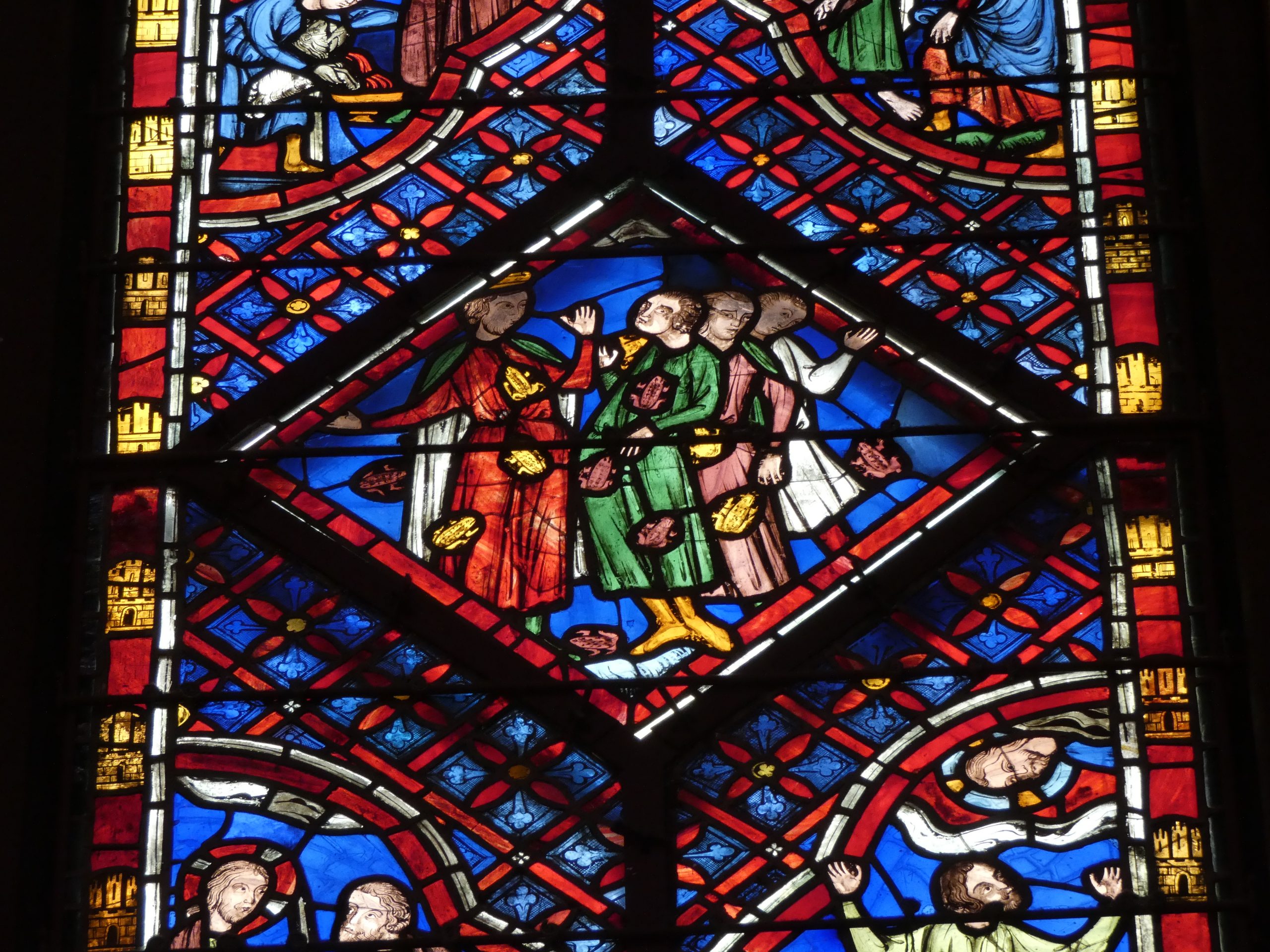
The stained glass windows of the “Sainte-Chapelle” are characterized by male figures of slender proportions, with a rather round head without a pronounced chin, wrapped in a coat that emphasizes the silhouette, with soft folds. Among the accessories, there is usually a tree with artichoke leaves.
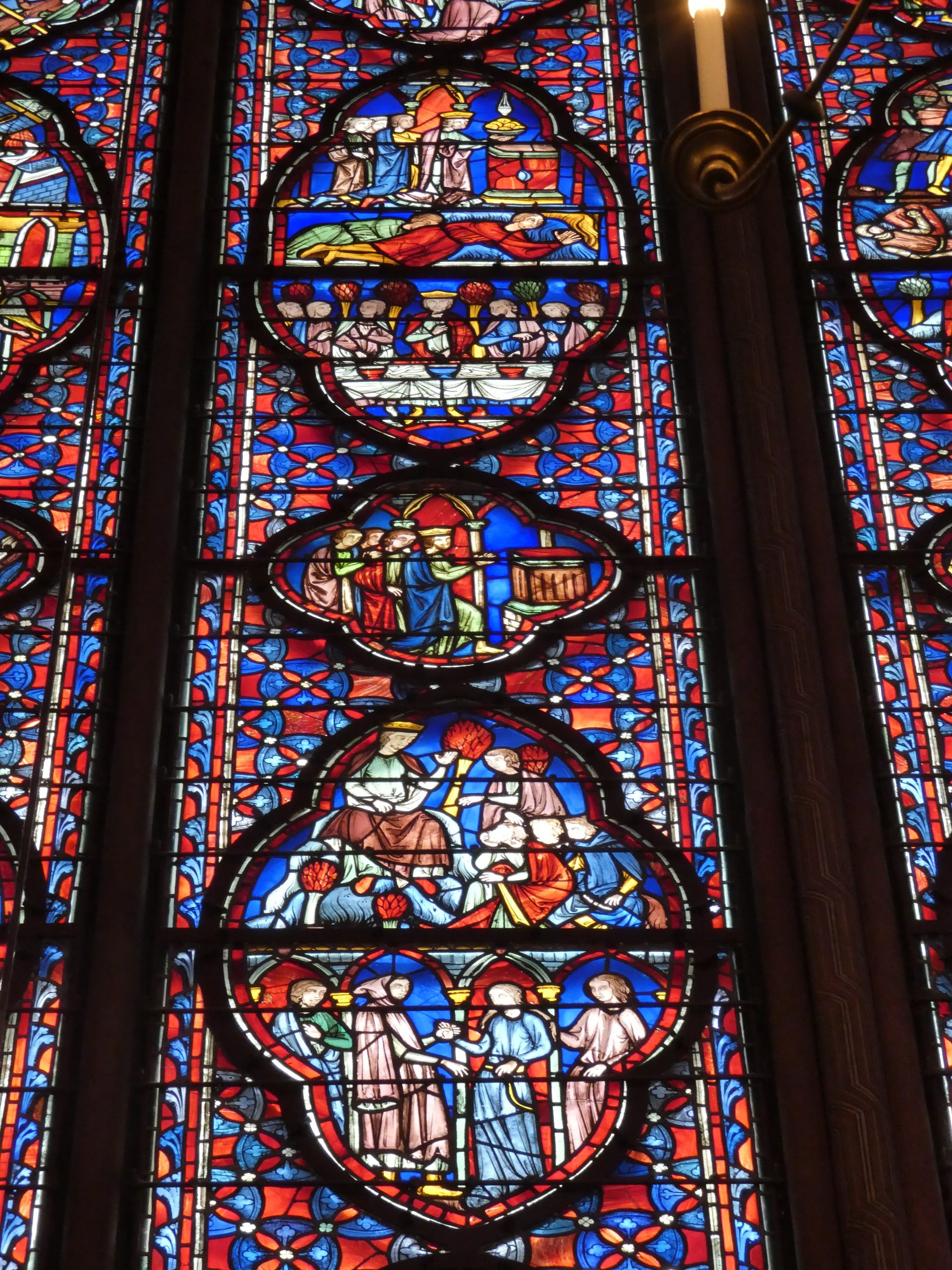
Although during the revolutionary period the “Sainte-Chapelle” suffered numerous damages, its precious stained glass windows managed to survive thanks to the conservation efforts employed over the years.
We reaffirm that the “Sainte-Chapelle”, is a jewel of Gothic art and that there is only one way to enjoy its majesty, one just has to visit it.
Resources:
http://www.sainte-chapelle.fr/es/
https://www.civitatis.com/es/paris/entrada-conciergerie-sainte-chapelle/
https://www.paris.es/sainte-chapelle
https://es.wikipedia.org/wiki/Sainte-Chapelle
